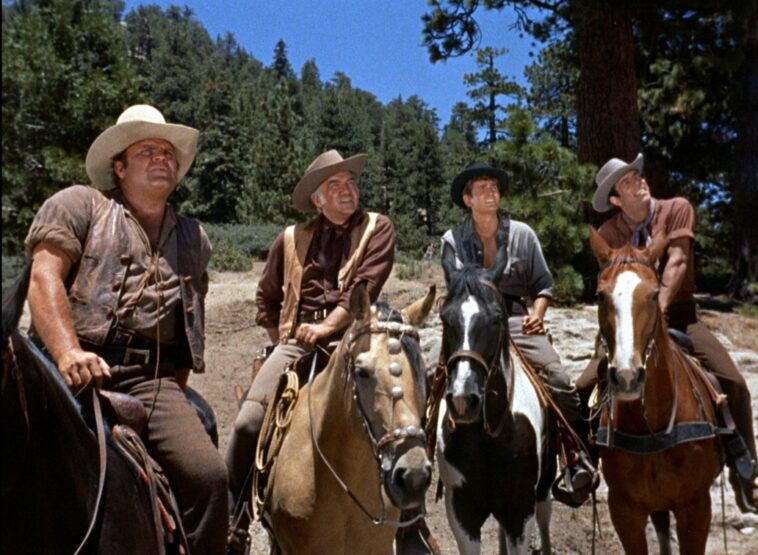In today’s world of endless streaming choices, it’s hard to imagine a time when you had to be in front of the TV at a specific time on a specific night to catch your favorite show. There was no pause button, no “skip intro,” and if you missed it, you just… missed it. For Boomers and Gen X, this was appointment television, a shared cultural experience that created decades of memories.
But while shows like I Love Lucy (1951-1957) or The Twilight Zone (1959-1964) have found a second life through memes and streaming, a whole universe of classic television remains a deep cut, known only to those who were there. So, grab a TV dinner, settle into your favorite armchair, and let’s take a trip down memory lane with nine iconic shows that Boomers remember fondly but have been mostly forgotten by today’s kids.
9. Bonanza (1959-1973)
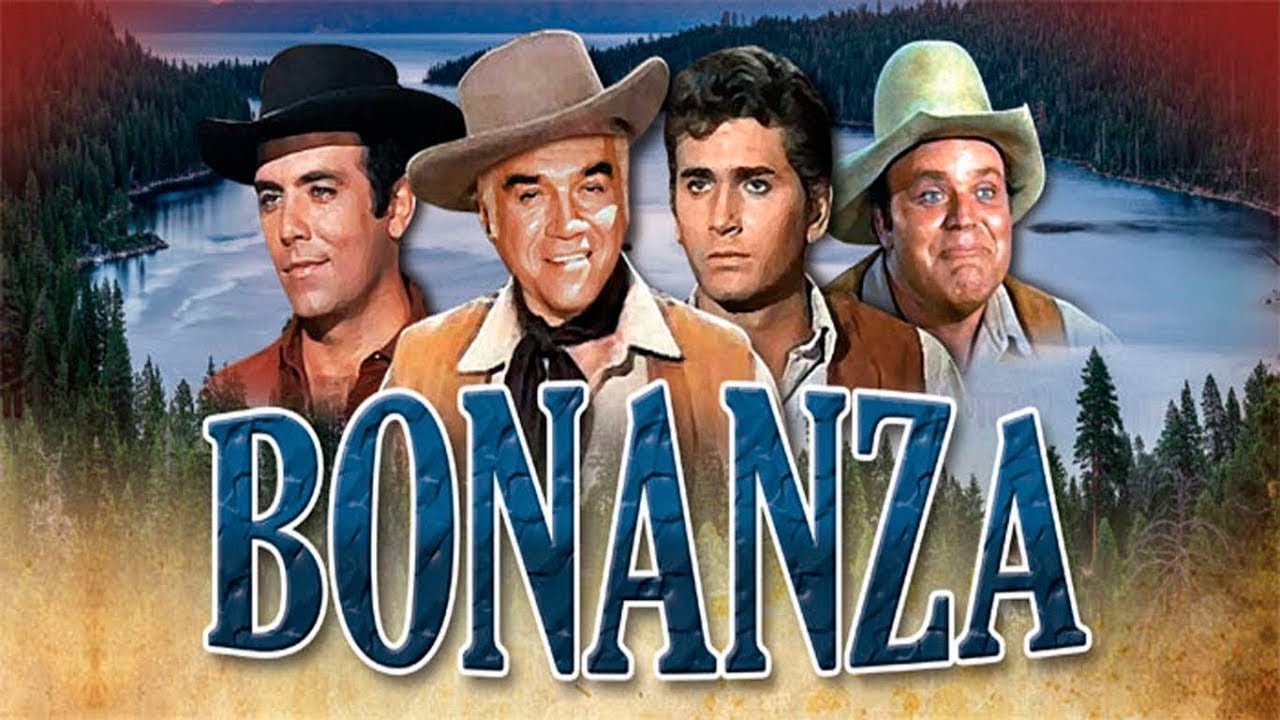
Forget Yellowstone—for 14 seasons, the biggest ranching family on TV was the Cartwrights. Set on the sprawling Ponderosa Ranch in Nevada, Bonanza was one of the first major series filmed in glorious color. Following patriarch Ben Cartwright and his three sons (from three different mothers, a surprisingly complex backstory for the time), the show defined the TV Western for a generation with its mix of family drama and frontier adventure.
Why Kids Don’t Know It: The Western genre, once a dominant force in pop culture, is now a niche interest.
8. The Rockford Files (1974-1980)

Not every TV detective was a hard-boiled tough guy. Jim Rockford, played by the impossibly cool James Garner, was different. He lived in a trailer, was constantly short on cash, and would rather talk his way out of a fight than throw a punch. He was relatable, witty, and always getting into trouble. The show’s clever writing and Garner’s charm made it a standout in the crowded detective genre.
Why Kids Don’t Know It: It’s a “case-of-the-week” procedural that lacks the season-long arcs and flashy action sequences modern audiences expect.
7. Happy Days (1974-1984)

“Ayyyy!”—the Fonz’s signature catchphrase accompanied by his iconic double thumbs-up—greeted audiences every week. Originally a nostalgic look at the 1950s, Happy Days evolved into a cultural phenomenon centered on one character: Arthur Fonzarelli.
The leather-clad, motorcycle-riding, jukebox-hitting Fonzie was the epitome of cool. The show gave us Richie Cunningham, the wholesome Cunninghams, Arnold’s Drive-In, and the infamous “jumping the shark” moment.
Why Kids Don’t Know It: It’s a show from the ’70s about the ’50s, making it doubly removed from their cultural reality.
6. Three’s Company (1977-1984)
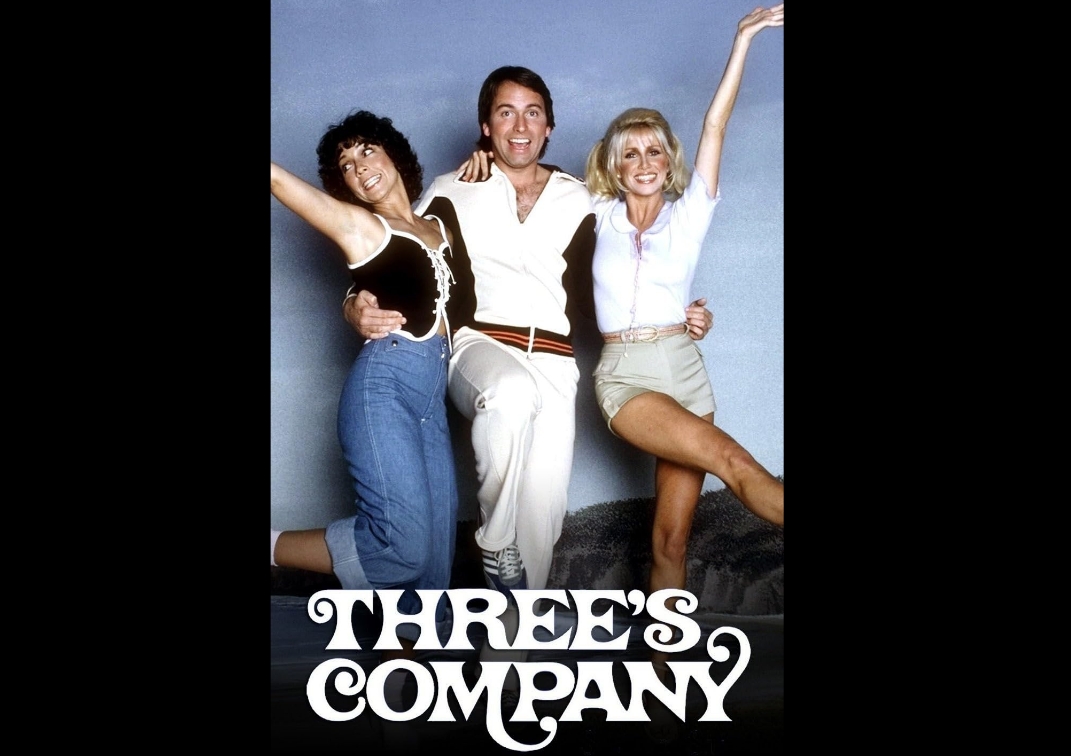
The entire plot of Three’s Company was based on a single, continuous misunderstanding. To get around their conservative landlord’s “no co-ed living” rule, bachelor Jack Tripper (John Ritter) pretends to be gay to live with two female roommates, Janet and Chrissy. The result was a masterclass in slapstick, double entendres, and farcical situations. John Ritter’s gift for physical comedy remains unmatched.
Why Kids Don’t Know It: The central premise, which hinges on 1970s social taboos about cohabitation and homosexuality, simply wouldn’t make sense today.
5. Laverne & Shirley (1976-1983)

“Schlemiel! Schlemazel! Hasenpfeffer Incorporated!“—the girls’ playful Yiddish chant as they skipped arm-in-arm through Milwaukee during the opening credits set the tone for everything that followed.
A spinoff of Happy Days, this sitcom followed two working-class best friends, Laverne DeFazio and Shirley Feeney, who worked at the Shotz Brewery in Milwaukee. Their friendship, comedic chemistry, and blue-collar optimism made the show a #1 hit and an anthem for dreamers everywhere.
Why Kids Don’t Know It: Like its parent show, it’s deeply rooted in a specific time and place that feels ancient to most folks born after 2000.
4. The Fugitive (1963-1967)
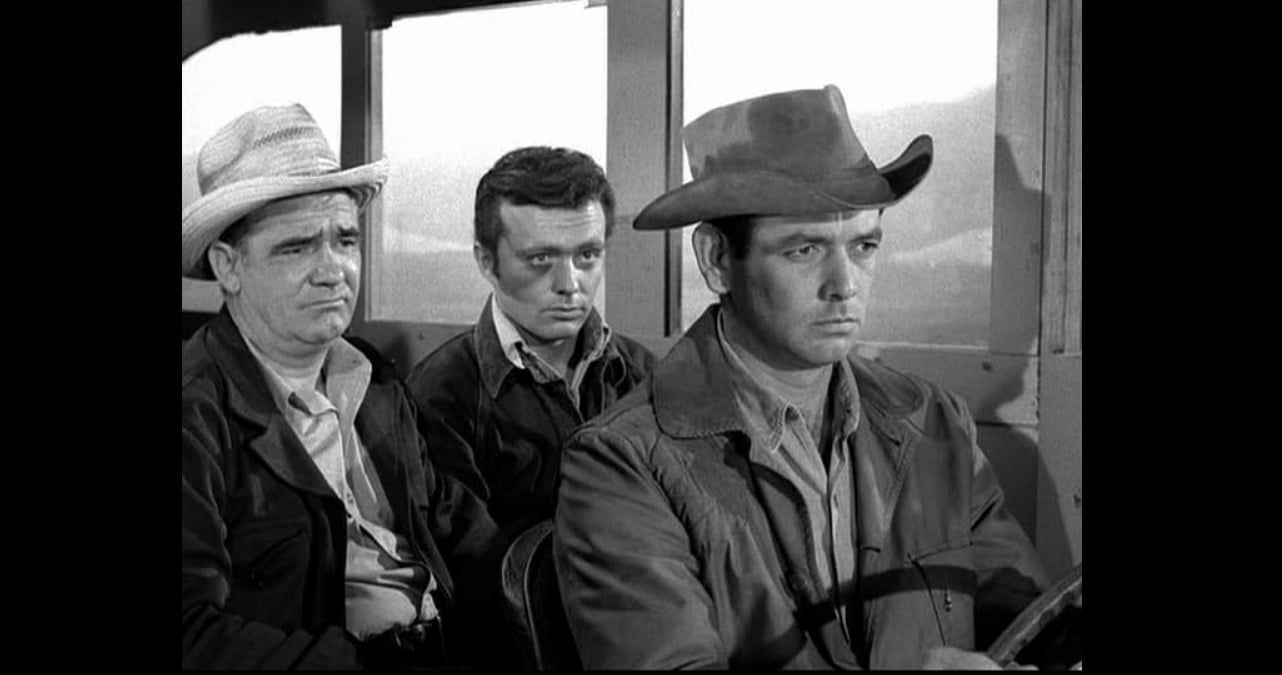
Before the Harrison Ford movie, there was the tense, black-and-white TV series. Dr. Richard Kimble, wrongly convicted of murdering his wife, escapes custody and spends years on the run, searching for the mysterious “one-armed man” who was the real killer. Each week, he’d drift into a new town, help someone, and narrowly escape the relentless pursuit of Lt. Philip Gerard. The finale was one of the most-watched television events in history.
Why Kids Don’t Know It: Its serialized-yet-episodic format and somber tone are a far cry from today’s fast-paced thrillers.
3. Columbo (1971-1978)

“Oh, and just one more thing…“—Columbo’s trademark line, usually delivered just as he was about to leave, signaled that the trap was closing in on yet another overconfident killer. Unlike every other crime show, Columbo wasn’t a “whodunit,” it was a “howcatchem.”
Each episode began by showing you the murder and the murderer. The thrill was watching the brilliant but deceptively rumpled Lieutenant Columbo (Peter Falk) slowly and methodically annoy his arrogant, wealthy suspect into a confession. The cat-and-mouse game was pure genius.
Why Kids Don’t Know It: The episodes are often movie-length and dialogue-heavy, demanding a level of patience that the TikTok generation may not possess.
2. Leave It to Beaver (1957-1963)
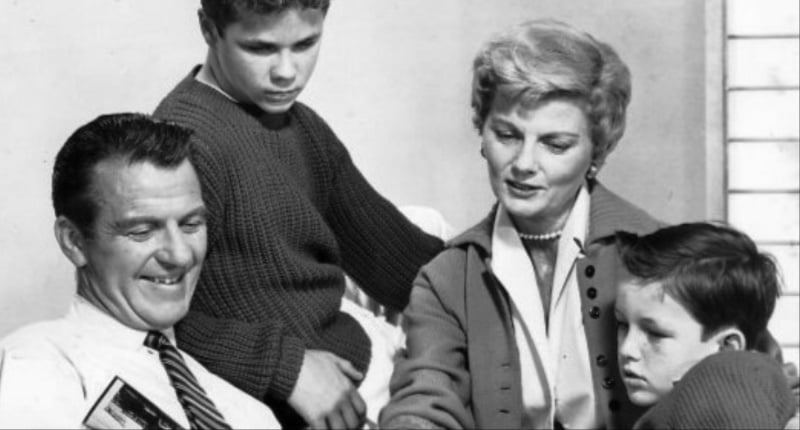
Far from being just another family sitcom, Leave It to Beaver was one of the first TV shows told almost entirely from a child’s point of view. The world was defined by scraped knees, bad report cards, and the mortal terror of having to explain a broken window to your dad. By focusing on the small-scale, everyday problems of young Theodore “The Beaver” Cleaver, the show perfectly captured the sincerity and anxiety of being a kid.
Unlike the bumbling sitcom dads that would follow in later decades, Ward Cleaver was a pillar of calm, thoughtful wisdom. The show was a gentle, uncynical time capsule of American optimism that became the definitive portrait of 1950s suburbia.
Why Kids Don’t Know It: The show’s innocent, black-and-white world is so squeaky-clean it feels alien. The problems (like hiding a bad grade or a lost library book) are incredibly low-stakes, and the show’s picture-perfect, un-diverse vision of 1950s suburbia lacks any of the conflict, irony, or sarcasm that drive modern family comedies.
1. Dragnet (1951-1959; 1967-1970)
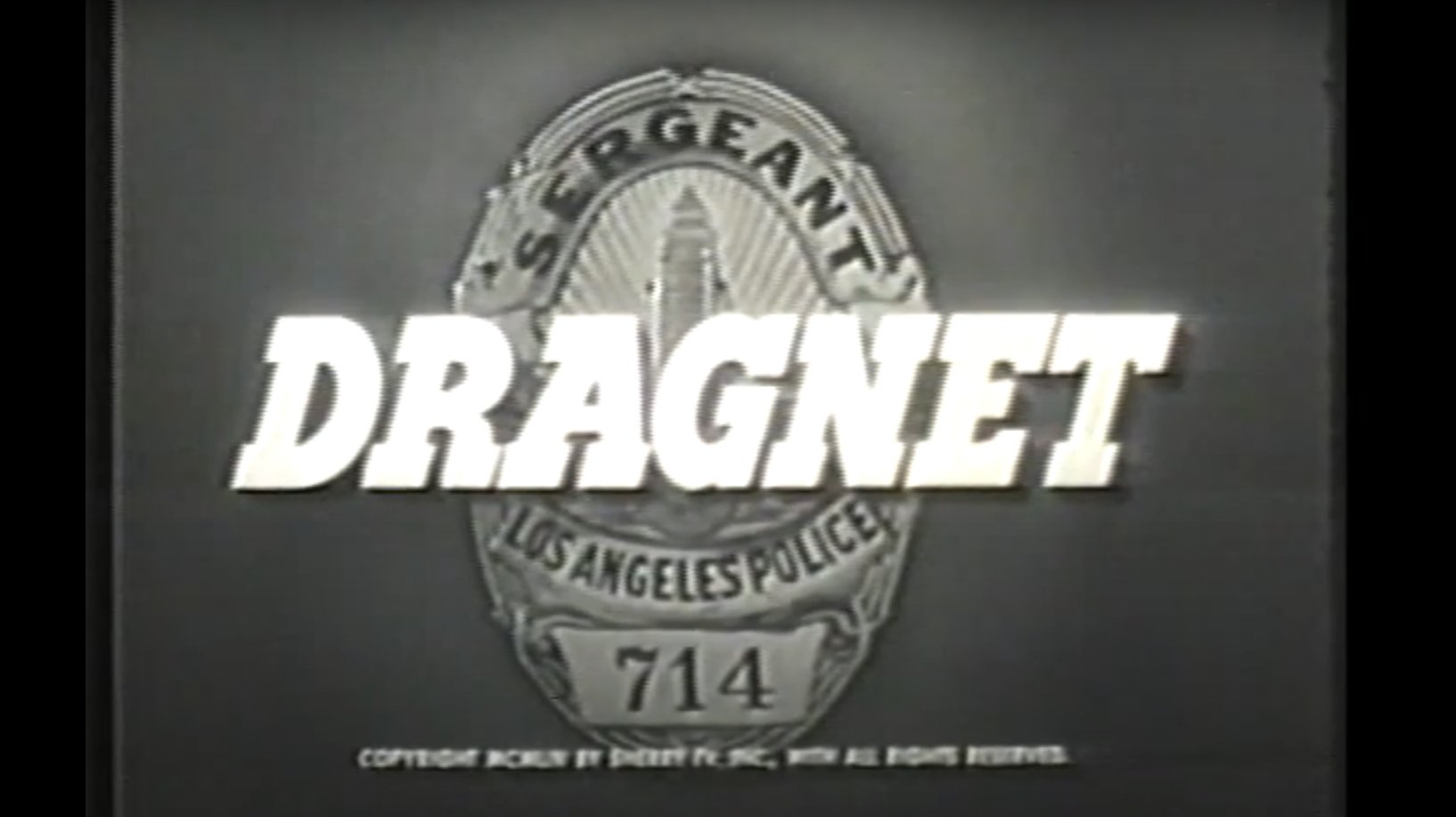
“Just the facts, ma’am”—Sergeant Joe Friday’s no-nonsense demand cut through every excuse and embellishment with clinical precision. Long before Law & Order’s “dun-dun” sound effect, the stoic, no-nonsense delivery of Sergeant Joe Friday was the sound of justice on television. Dragnet was the granddaddy of every police procedural you’ve ever seen.
It stripped away the Hollywood glamour of crime-fighting and presented police work as it was: a methodical, painstaking process of interviews, evidence, and paperwork. With its signature clipped dialogue, ripped-from-the-headlines cases, and unwavering respect for the badge, Jack Webb’s creation didn’t just entertain audiences—it fundamentally defined how generations of Americans viewed law enforcement.
Why Kids Don’t Know It: The show’s pacing is deliberately methodical, and Joe Friday’s famous monotone, emotionless delivery is the polar opposite of the high-energy, action-packed procedurals kids are used to.

